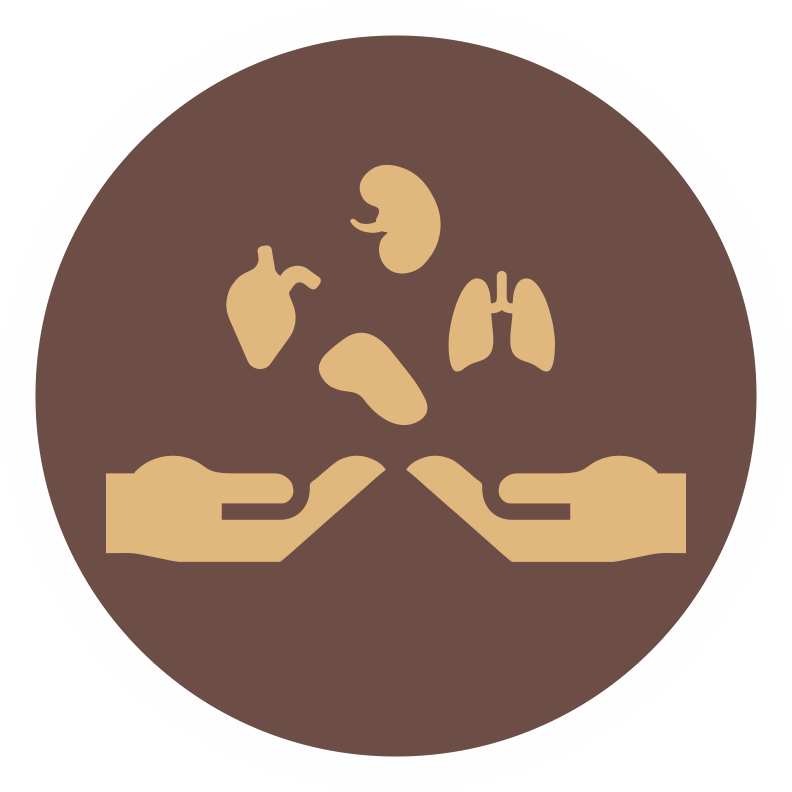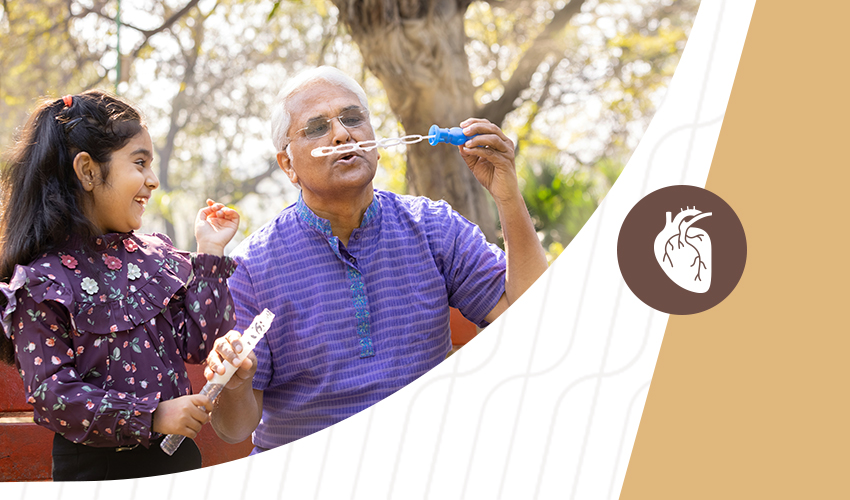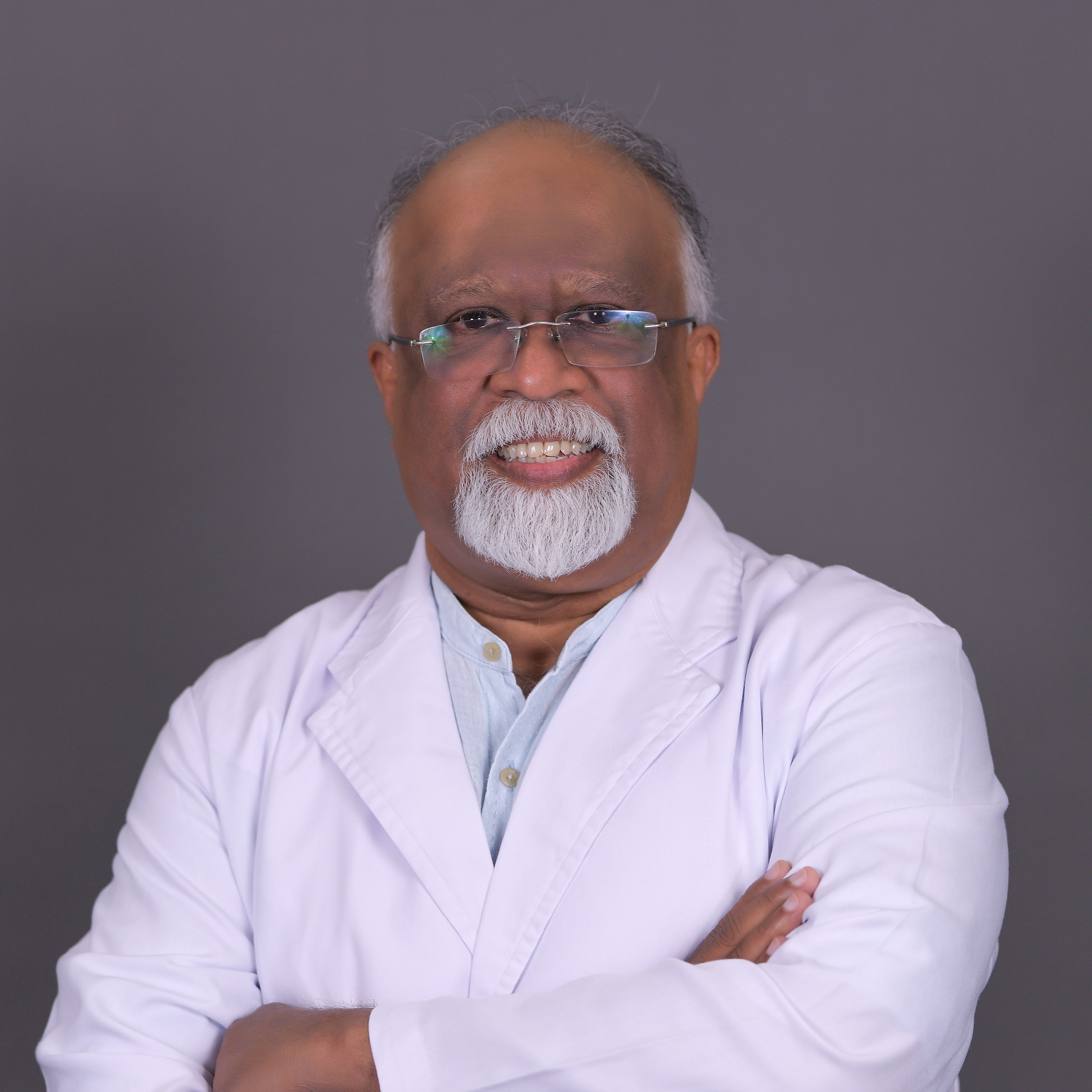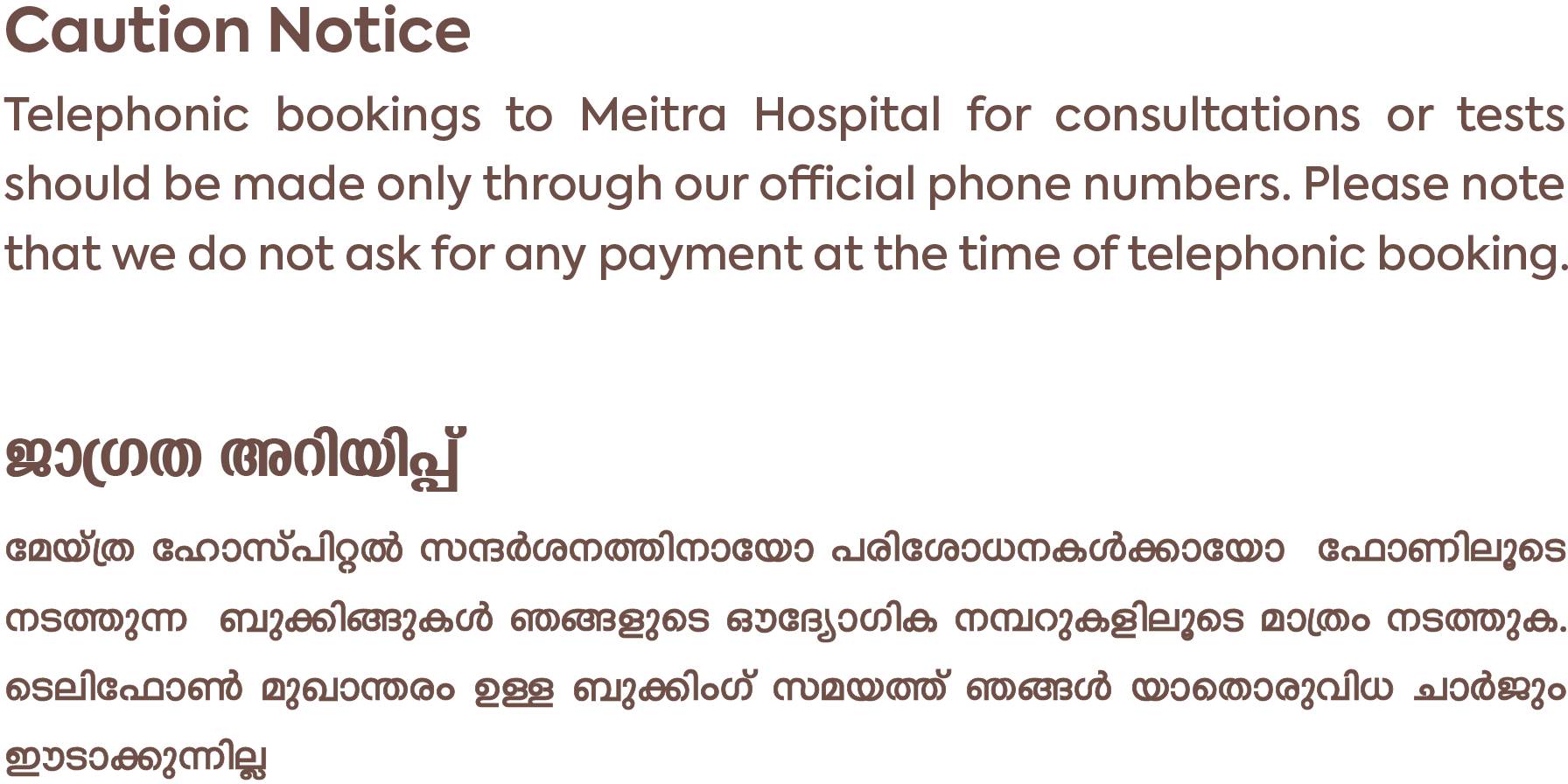- Our Doctors
- Our Specialities
Centres of Excellence
-
 Centre for Blood Diseases, BMT & Cancer Immunotherapy
Centre for Blood Diseases, BMT & Cancer Immunotherapy -
 Centre for Bone, Joint & Spine
Centre for Bone, Joint & Spine -
 Centre for Critical Care Medicine and ECMO Services
Centre for Critical Care Medicine and ECMO Services -
 Centre for Gastrosciences
Centre for Gastrosciences -
 Centre for Heart & Vascular Care
Centre for Heart & Vascular Care -
 Centre for Nephro-Urosciences
Centre for Nephro-Urosciences -
 Centre for Neurosciences
Centre for Neurosciences -
 Centre for Obstetrics and Gynaecology
Centre for Obstetrics and Gynaecology -
 Centre for Organ Transplantation
Centre for Organ Transplantation
Super Speciality
-
 Advanced Diagnostic and Interventional Radiology
Advanced Diagnostic and Interventional Radiology -
 Anesthesiology & Pain Management
Anesthesiology & Pain Management -
 Clinical Nutrition and Dietetics
Clinical Nutrition and Dietetics -
 Dental and Maxillofacial Surgery
Dental and Maxillofacial Surgery -
 Dermatology
Dermatology -
 Emergency and Trauma
Emergency and Trauma -
 Endocrinology and Metabolic Disease
Endocrinology and Metabolic Disease -
 ENT and Head & Neck Surgery
ENT and Head & Neck Surgery -
 Family Medicine
Family Medicine -
 General and Laparoscopic Surgery
General and Laparoscopic Surgery -
 General Medicine
General Medicine -
 Laboratory Medicine
Laboratory Medicine
-
- Key Procedures
- Our Hospitals
- International Patient
- Contact us
-
Quick Links


Aneurysm Repair
An aortic aneurysm damages the aorta and may create a life-threatening condition. Most people with a thoracic aortic aneurysm have open-chest surgery, but sometimes a less-invasive procedure called endovascular surgery can be done.
How and why it is done?
Endovascular aneurysm repair involves inserting a graft within the aneurysm through small groin incisions using X-rays to guide the graft into place. A surgeon removes the damaged part of the aorta and replaces it with a synthetic fabric tube. This tube is called a graft. It functions as a new lining for the artery so blood can safely pass through.
A successful aneurysm surgery prevents rupture or blocking due to aneurysms and faster recovery is seen. Full recovery takes between 3 and 6 months after open surgery and 2 to 4 weeks after endovascular repair. The speed of recovery will also be affected by age and general fitness.
Structural Heart Disease Developments | Dr. Asish Kumar Mandalay
Meet Our Doctors
Experienced Medical professionals for a superior patient experience.
Frequently Asked Questions
How big can an aneurysm get before it bursts?
An aneurysm occurs when a portion of the aorta has enlarged to at least 1.5 times its normal size. Aortic aneurysms less than 4 cm in size have a low chance of bursting, but aneurysms more than 5.5 cm in diameter have an increasing chance of rupturing in the next year.
What causes an Aneurysm?
Any condition that causes the artery walls to weaken can bring one on. The most common causes are atherosclerosis and high blood pressure. Deep wounds and infections can also lead to an aneurysm.
What is the success rate of aneurysm surgery?
Surgical procedures for the repair of abdominal aortic aneurysms have a high success rate, with more than 95 percent of patients making a full recovery.

 +91 9393 108 108
+91 9393 108 108















































